Diseases
Diseases
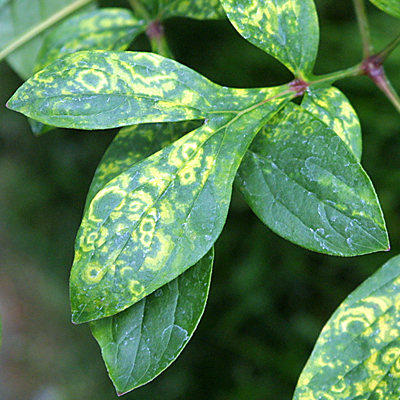
Virus Infection
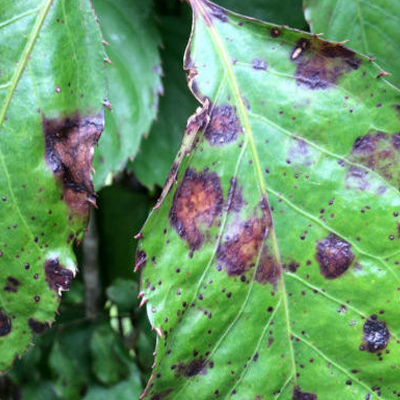
Bacterial Infection
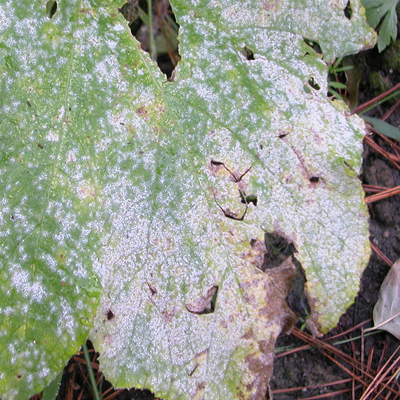
Fungal Disease
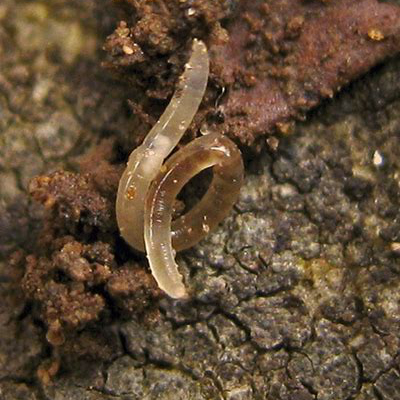
Nematode
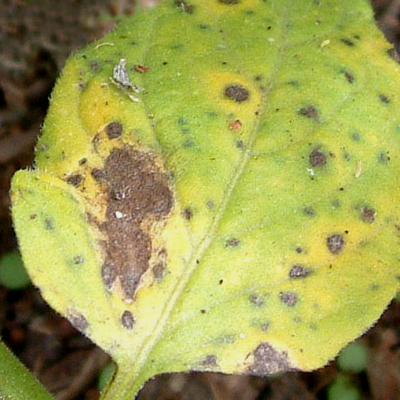
Blight Investation
Viruses
Plant viruses are intracellular parasites that use plants cells to replicate. There are many types of plant virus. Plant viruses are generally transmitted from plant to plant, through air or by insects. The viruses cause various types of plant diseases, but the diseases do not typically result in plant death. They do however, produce symptoms such as ring spots, mosaic pattern development, leaf yellowing and distortion, as well as deformed growth. Some plant viruses are not limited to one particular plant host, but may infect different species of plants. Currently, there is no cure for plant viral disease. This means that any infected plants must be destroyed. The best methods employed to combat plant viral diseases are aimed at prevention. These methods include ensuring seeds are virus-free, creating optimal growing conditions and removing and destroying infected plants and plant parts.
Bacteria and Protozoa
Most bacteria that are associated with plants do no harm to the plant itself. However, a small number, around 100 known species, are able to cause disease. There are a few examples of plant diseases caused by protozoa. They are transmitted as zoospores that may be able to survive in a resting state in the soil for many years. Generally, these zoospores attach and interact with the plant roots and cause few problems. Bacteria can also be used as organic pesticides; Milky Spore is responsible for a disease of white grubs and can be used to kill these lawn pests.
Nematodes
Nematodes are small, multicellular wormlike animals. Many live freely in the soil, but there are some species that parasitize plant roots. Just like bacteria, nematodes can be beneficial or damaging. Nematodes are able to cause radical changes in root cells in order to facilitate their lifestyle. Nematodes are common on the roots of legume plants and help transform the nitrogen in the air into a form of nitrogen that can be used in the soil for the plants. Nematodes are also used as a natural pesticide for lawn grubs.
Fungi
Fungi reproduce via the production of spores. Spores may be spread long distances by air or water, or they may be soil borne. The fungus may appear on the foliage, near the base of the plant, in the soil or on the fruit and flowers of the plant. Though some fungal outbreaks can be a simple cosmetic hassle, other fungal outbreaks can cause permanent injury and even death of the plant. The fungal species that cause these outbreaks vary by the millions. Plants that are infected with fungal diseases may also develop cankers, lesions and rot. Phytophthora rot, crown rot and botrytis are common rot diseases caused by fungi. While some rot diseases are curable with fungicidal treatments, others are irreversible.
Blight
Blight is not a disease but a symptom. It is a rapid and complete decoloration, browning, then death, of plant tissues such as leaves, branches, twigs, or floral organs. Many diseases caused by viruses, bacteria or fungi exhibit these symptoms and are called blights.
